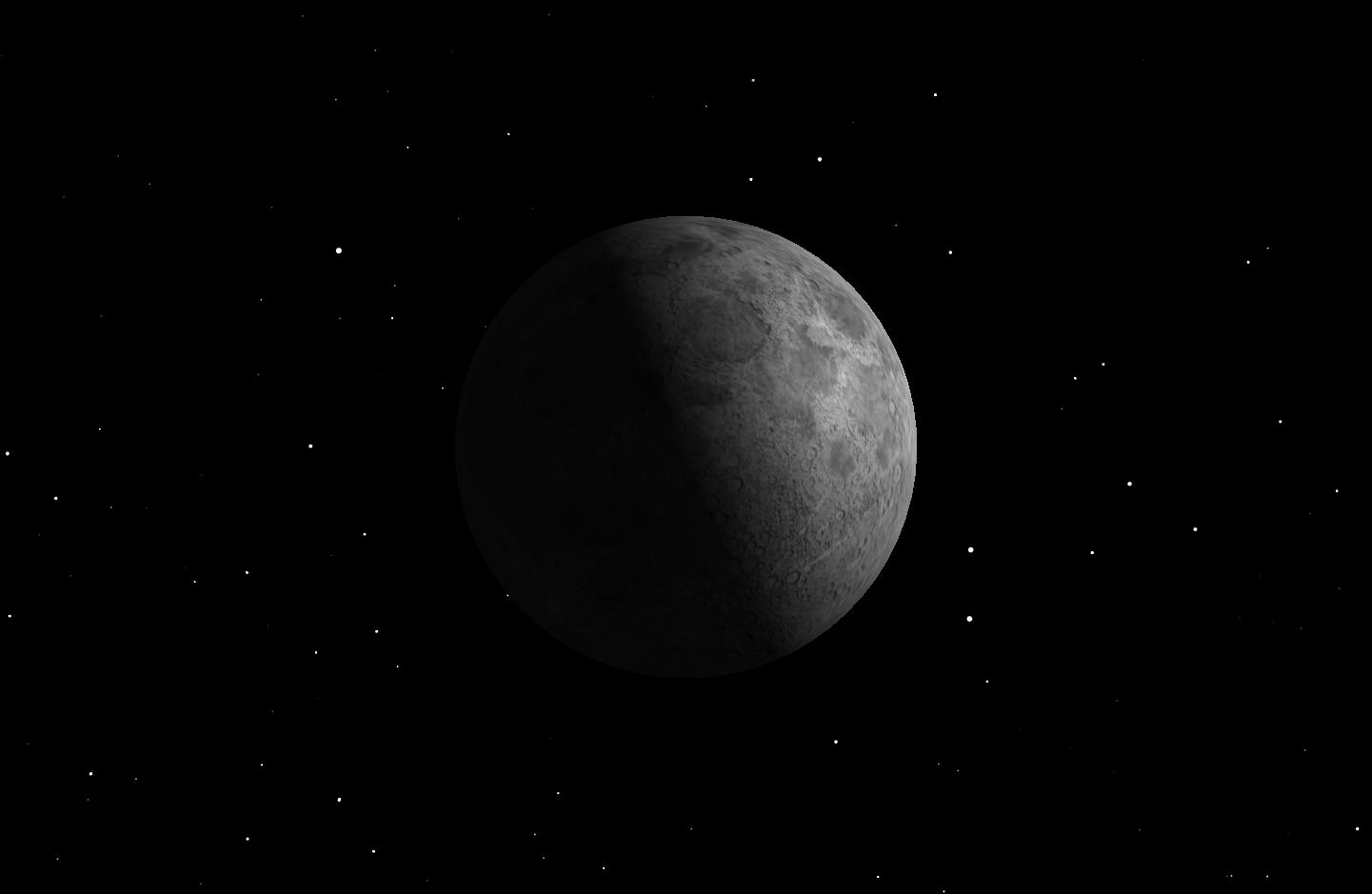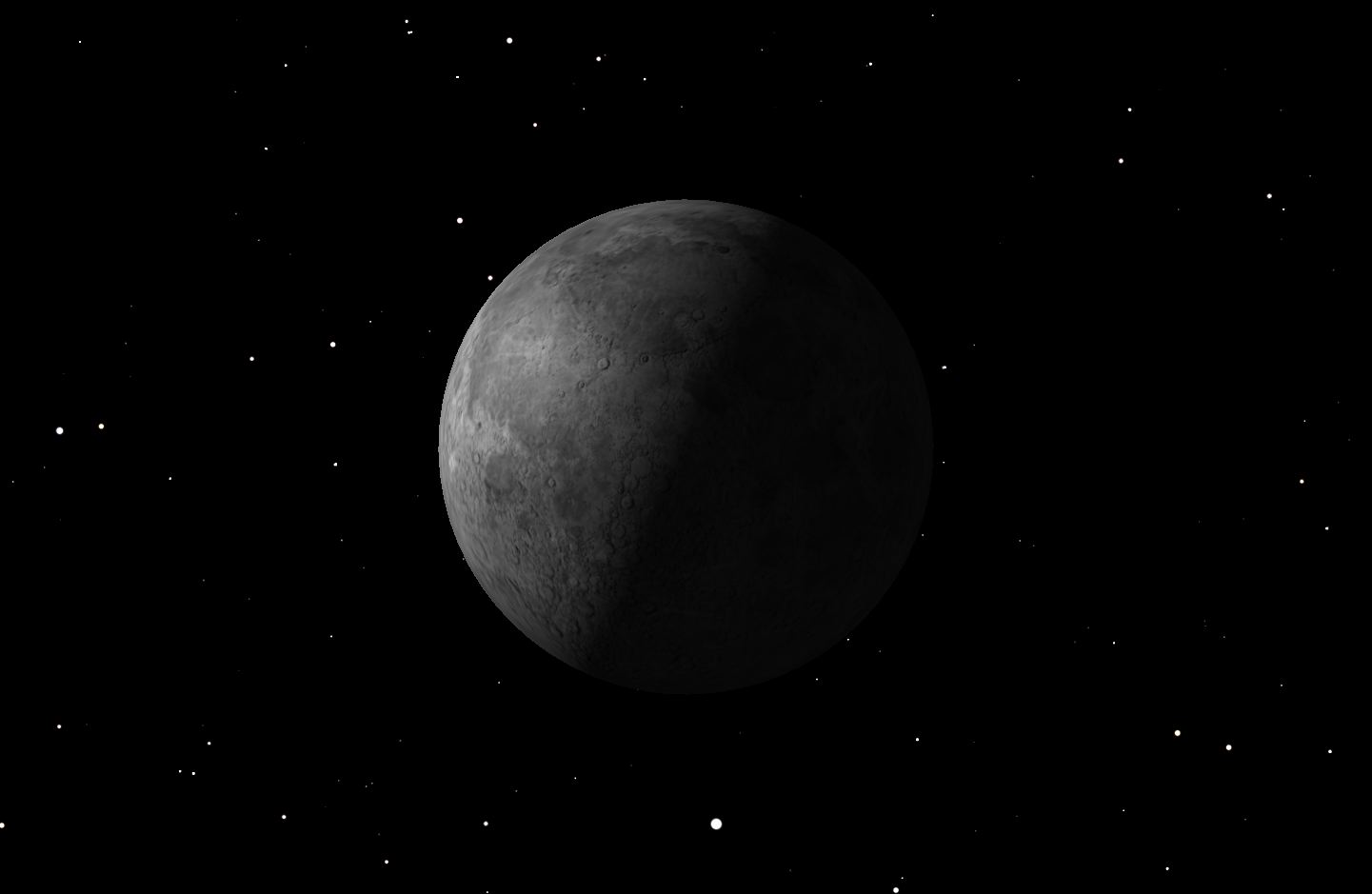 | |||||||||||||||||||||||||||||||||||||||||||||||
| For education orders please call 1-877-290-8256. Welcome to the Second Week of June Featured Article! The Moon in June Geoff Gaherty, Starry Night EducationOver the next few nights, the Full Moon will be riding low in our summer sky.  Last Saturday night, June 7, the Earth and Moon made a pretty sight as seen from Mars.Credit: Starry Night software. The summer solstice will occur on Saturday, June 21, so the noontime Sun is nearly at the highest it can get in our Northern Hemisphere skies. This puts the Full Moon, occurring just after midnight Eastern Daylight Time on Friday the 13th, at close to the lowest it can possibly get this week. Full Moon is an instantaneous event: the exact instant when Sun, Earth, and Moon fall closest to a straight line. A moment before this, the Moon is in waxing gibbous phase; a moment after, it is in waning gibbous phase. Only exactly at 12:11 a.m. EDT is it exactly "full." As far as the naked eye is concerned, the Moon looks full for a day or two on either side of the exact "full" phase. Only with a telescope can you see that the Moon is being lit from a slight angle, causing the line of sunrise or sunset on the Moon, called the terminator, to be very close to one edge or the other. The result is that any night this week will look like a "Full Moon night." An interesting event involving the Moon occurred earlier this week, on Saturday, June 7. To viewers on Earth, it appeared like the Moon was very close to the planet Mars, what astronomers call a "conjunction." This was of course just an effect of perspective, Mars actually lying 320 million times farther away from us than the Moon. It’s interesting to view this conjunction in the other direction, looking at the Earth and Moon from the perspective of Mars, which can easily be done with Starry Night software. Our computer can transport us to the crater Dawes on the surface of Mars, named after nineteenth century British amateur astronomer William Dawes. Looking back towards Earth, we would see Earth as a bright object in the dawn sky. The Moon would appear so close to the Earth that it would require a telescope to see them as separate objects. To give you some idea of the scale of this view, the Earth would be 21 arc seconds in diameter, about half the diameter of Jupiter as seen from Earth. The Moon would be 5.7 arc seconds in diameter, smaller than Mercury appears from Earth. The distance between them would by a mere 5 arc seconds. If you were to take a closer look at the Moon, you wouldn’t recognize a single feature. That’s because you would be looking at what we call "the far side" of the Moon. Our Moon, like all moons in the Solar System, always keeps the same face inward. On June 7, the Moon lay almost exactly between the Earth and Mars, so the face of the Moon towards Mars would be the face of the Moon we never see from Earth. Coming Events Here is a rundown of events coming soon to a sky near you!Thursday, June 5, 4:39 p.m. EDT First Quarter Moon Friday, June 13, 12:11 a.m. EDT Full Moon The Full Moon of June is known as the Corn-Planting Moon or the Strawberry Moon. It rises around sunset and sets around sunrise, the only night in the month when the Moon is in the sky all night long. The rest of the month, the Moon spends at least some time in the daytime sky. 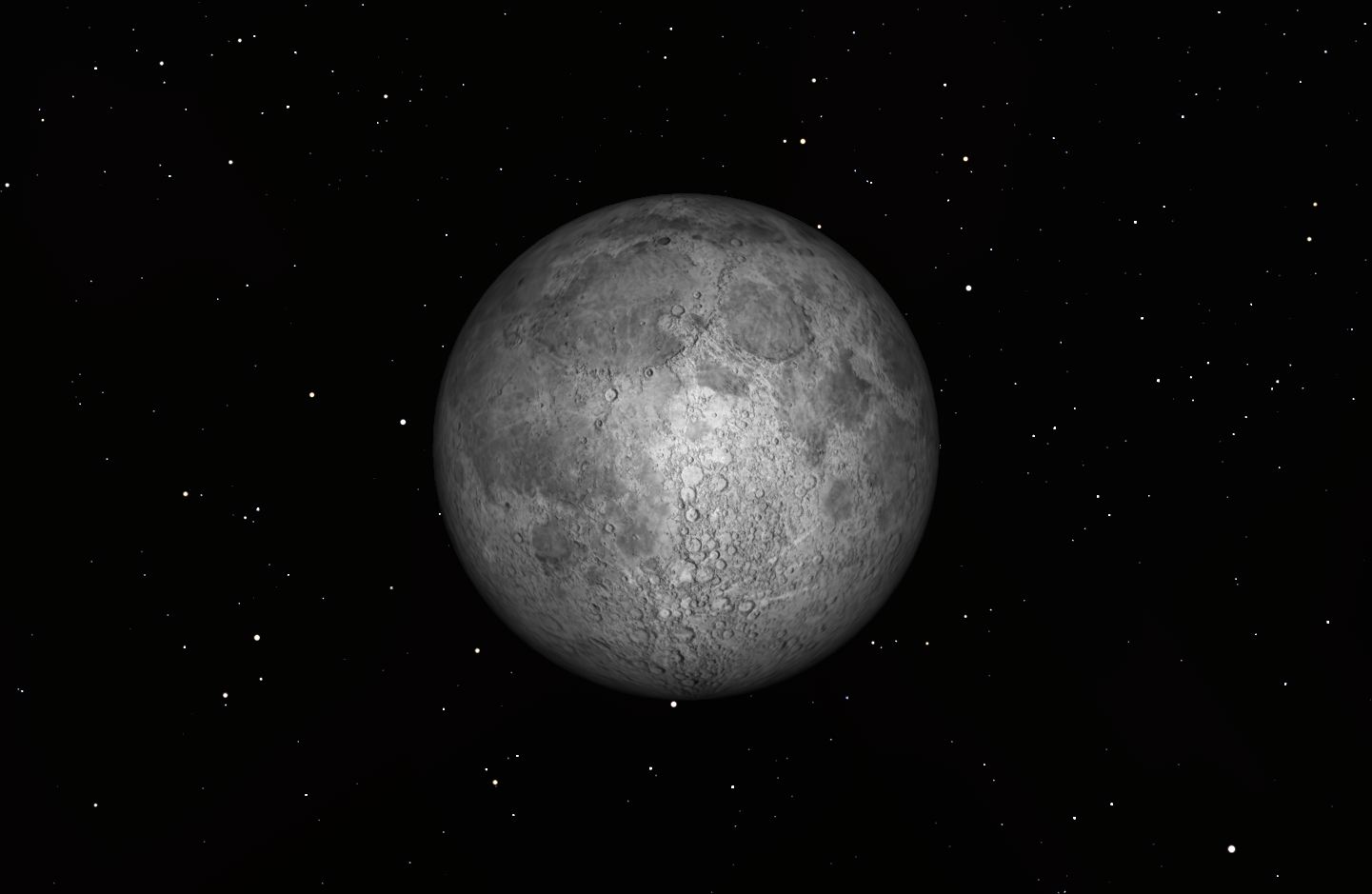
Observing Highlights Tuesday, June 3, 2:08–3:44 p.m. EDTTriple shadow transit on Jupiter The shadows of Europa, Ganymede and Callisto will play on Jupiter’s cloud deck. Best observed from eastern Europe and the Middle East. 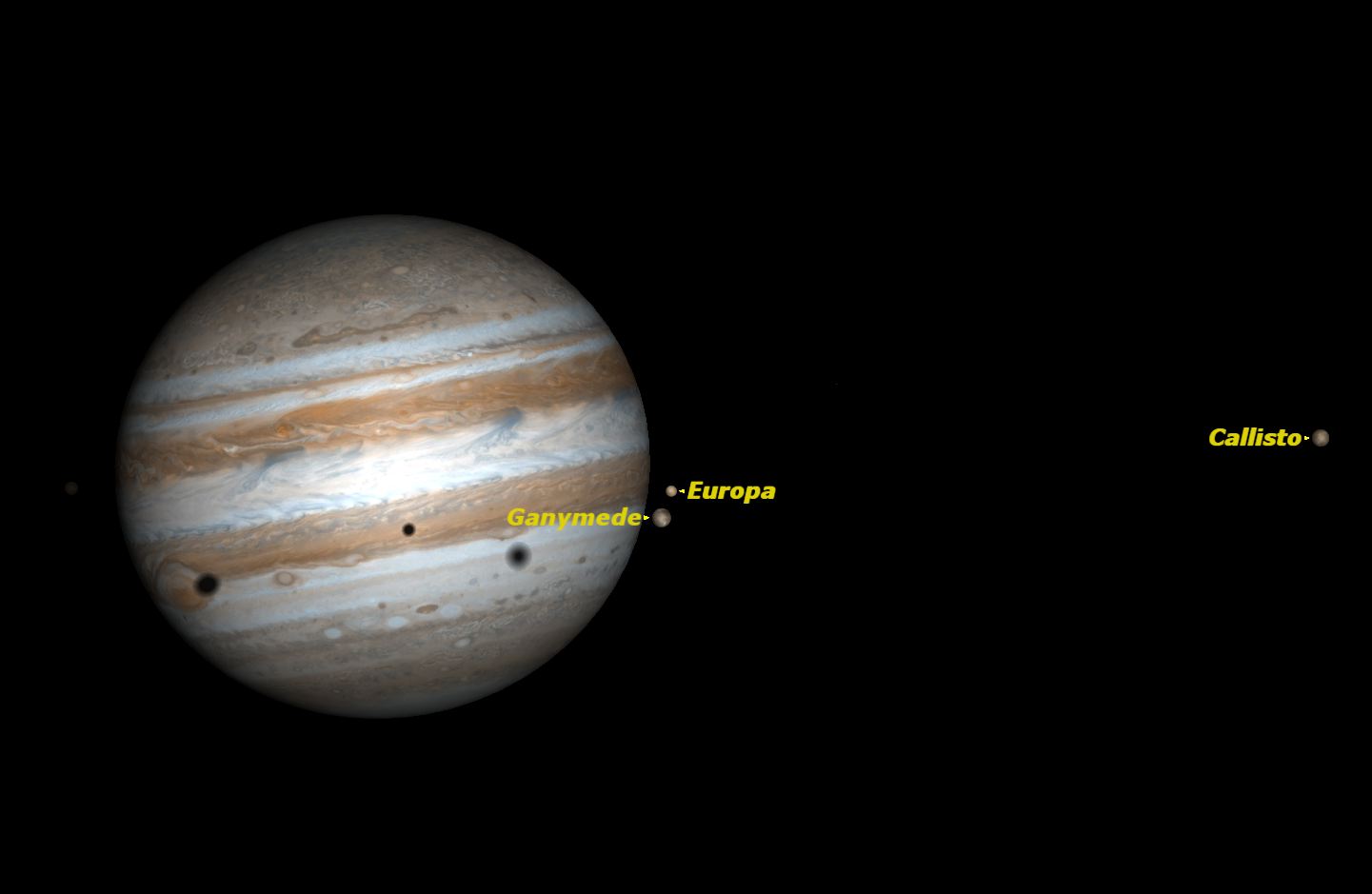
Saturday, June 7, 9 p.m. EDT Mars and the Moon The waxing gibbous Moon will pass just south of the planet Mars. 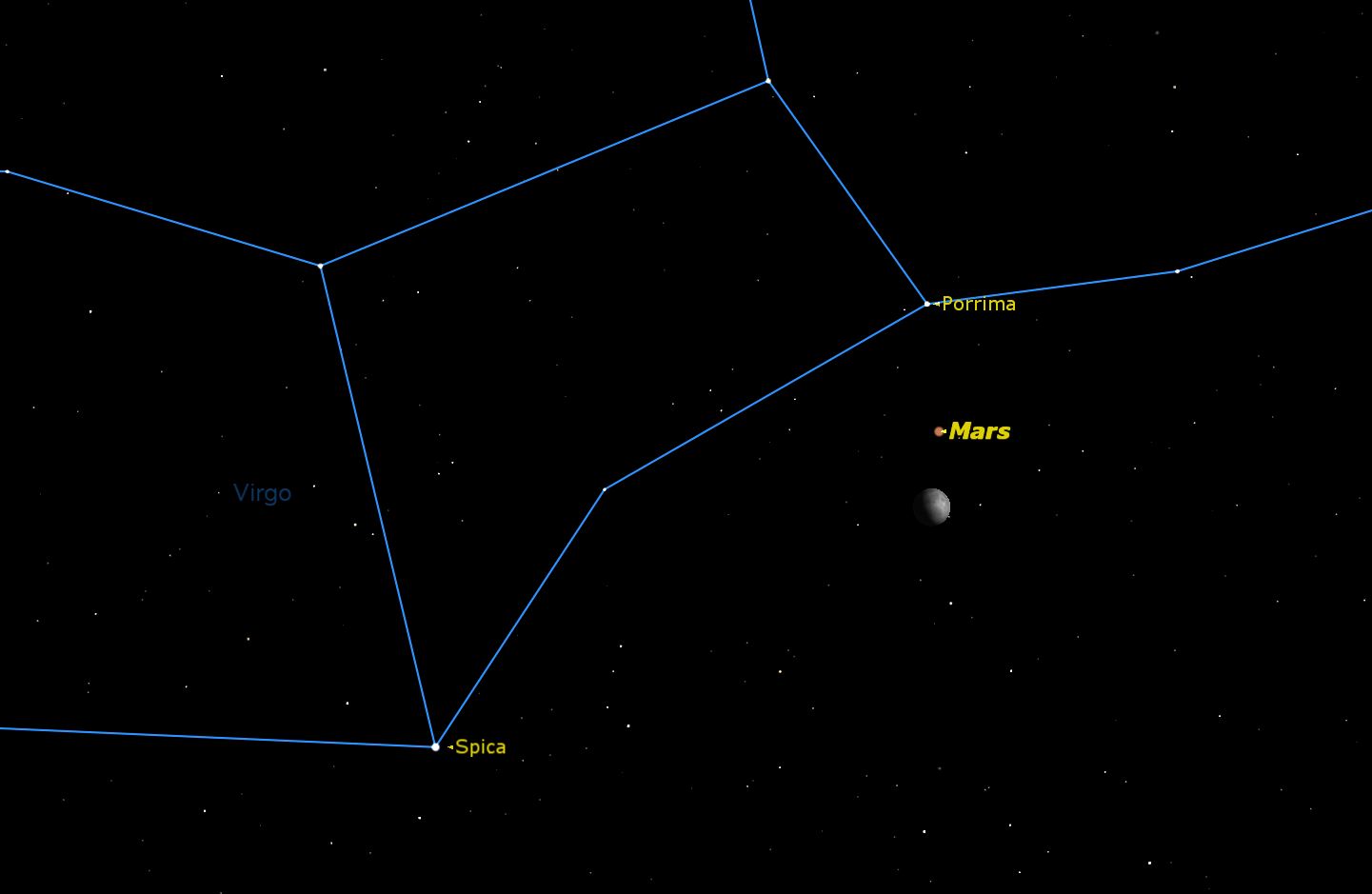
Sunday, June 8, dusk Spica and the Moon The Moon will pass just north of the bright star Spica in Virgo. 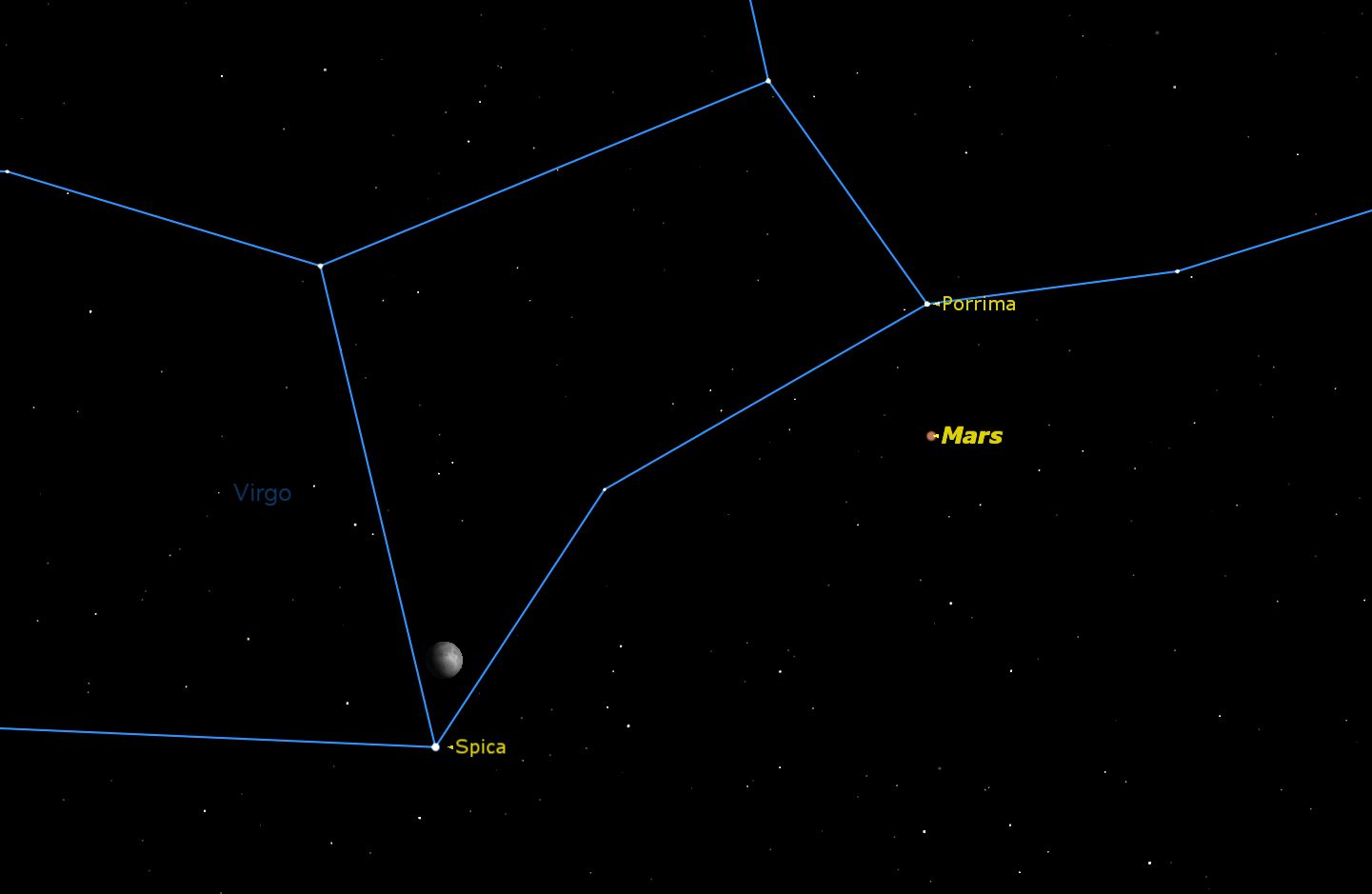
Tuesday, June 10, dusk Saturn and the Moon The Moon will pass just south of the planet Saturn. The Moon will occult Saturn as seen from southern South Africa (as seen here) and parts of the Southern Ocean. 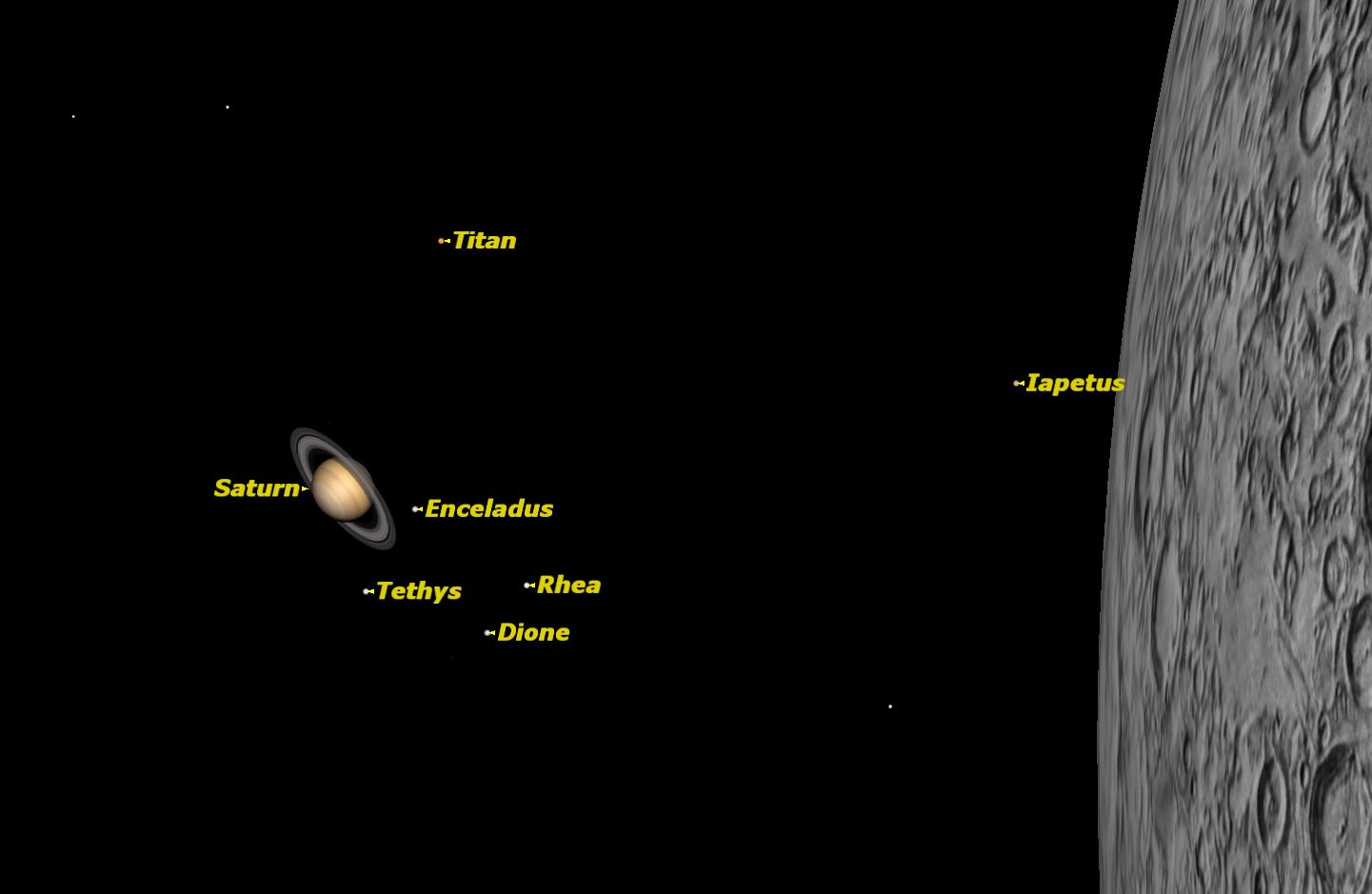
Tuesday, June 10, 6:07–6:28 p.m. EDT Double shadow transit on Jupiter The shadows of Europa and Ganymede will cross Jupiter’s cloud deck simultaneously. Best observed from central South America 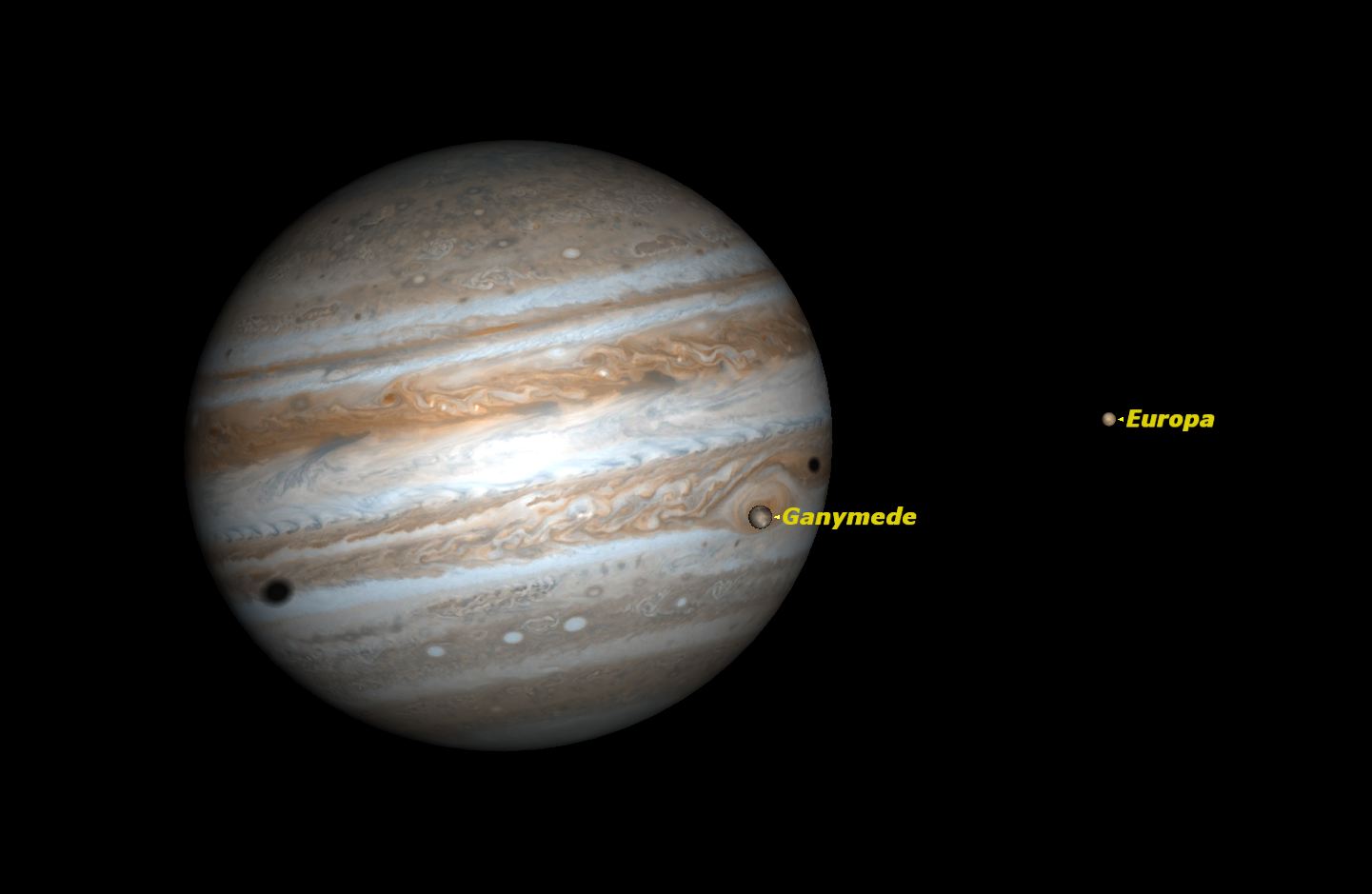
Saturday, June 21, 6:51 a.m. EDT Solstice The beginning of summer in the Northern Hemisphere, and winter in the Southern Hemisphere. 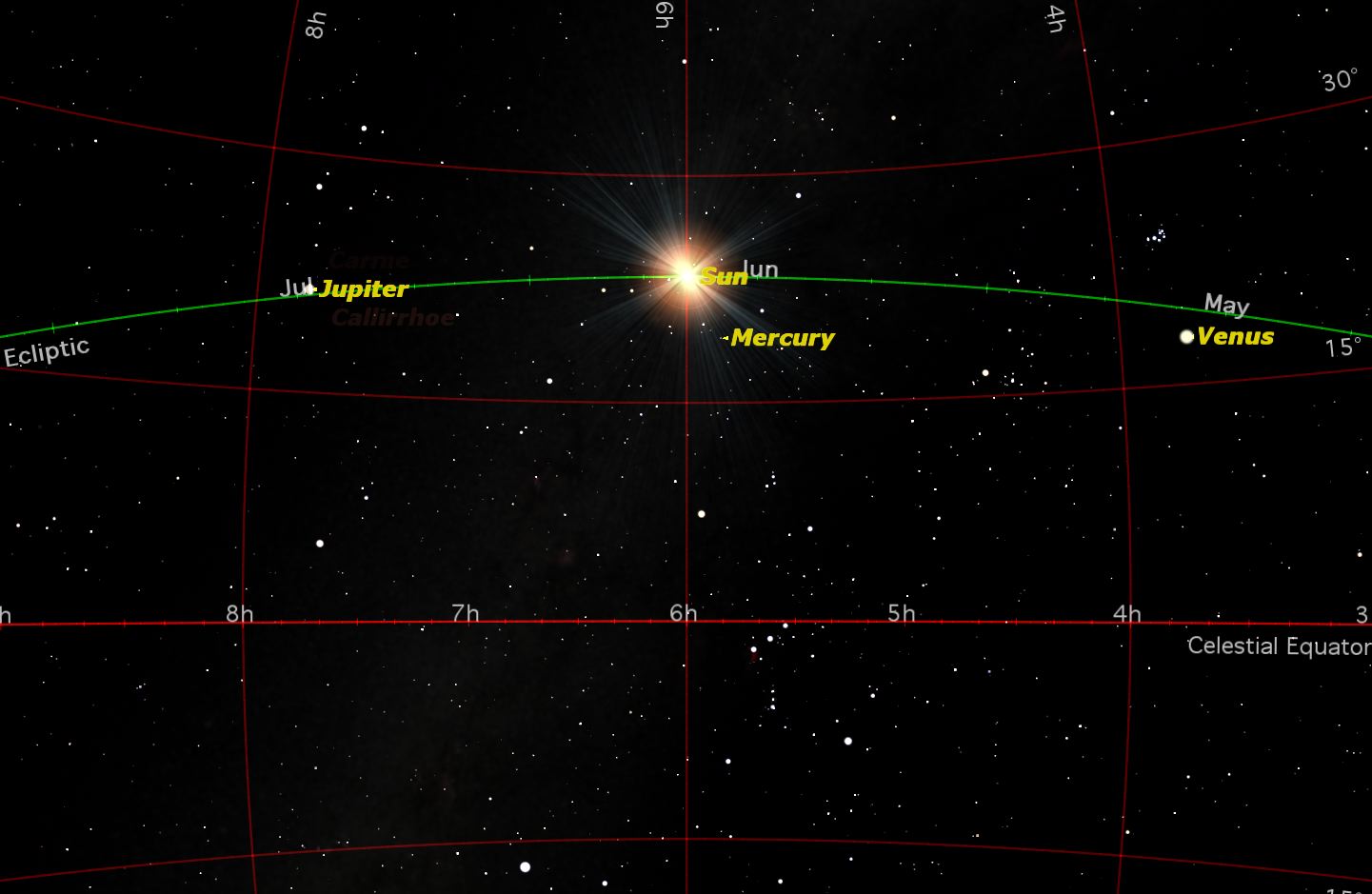
Tuesday, June 24, dawn Venus and the Moon The slender crescent Moon will pass just below the planet Venus. 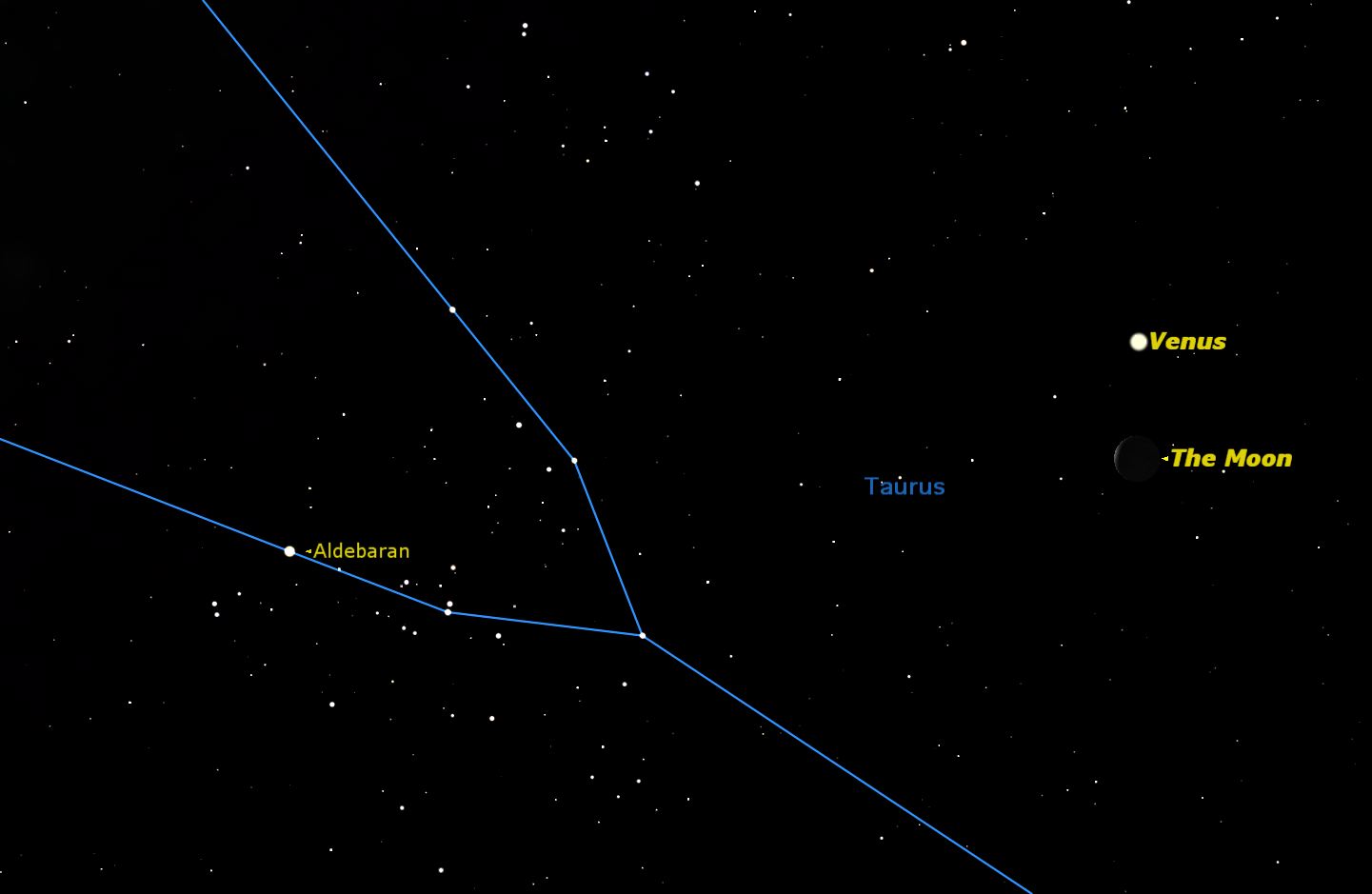
Wednesday, June 25, dawn Aldebaran and the Moon The Moon passes just north of the bright star Aldebaran in Taurus. 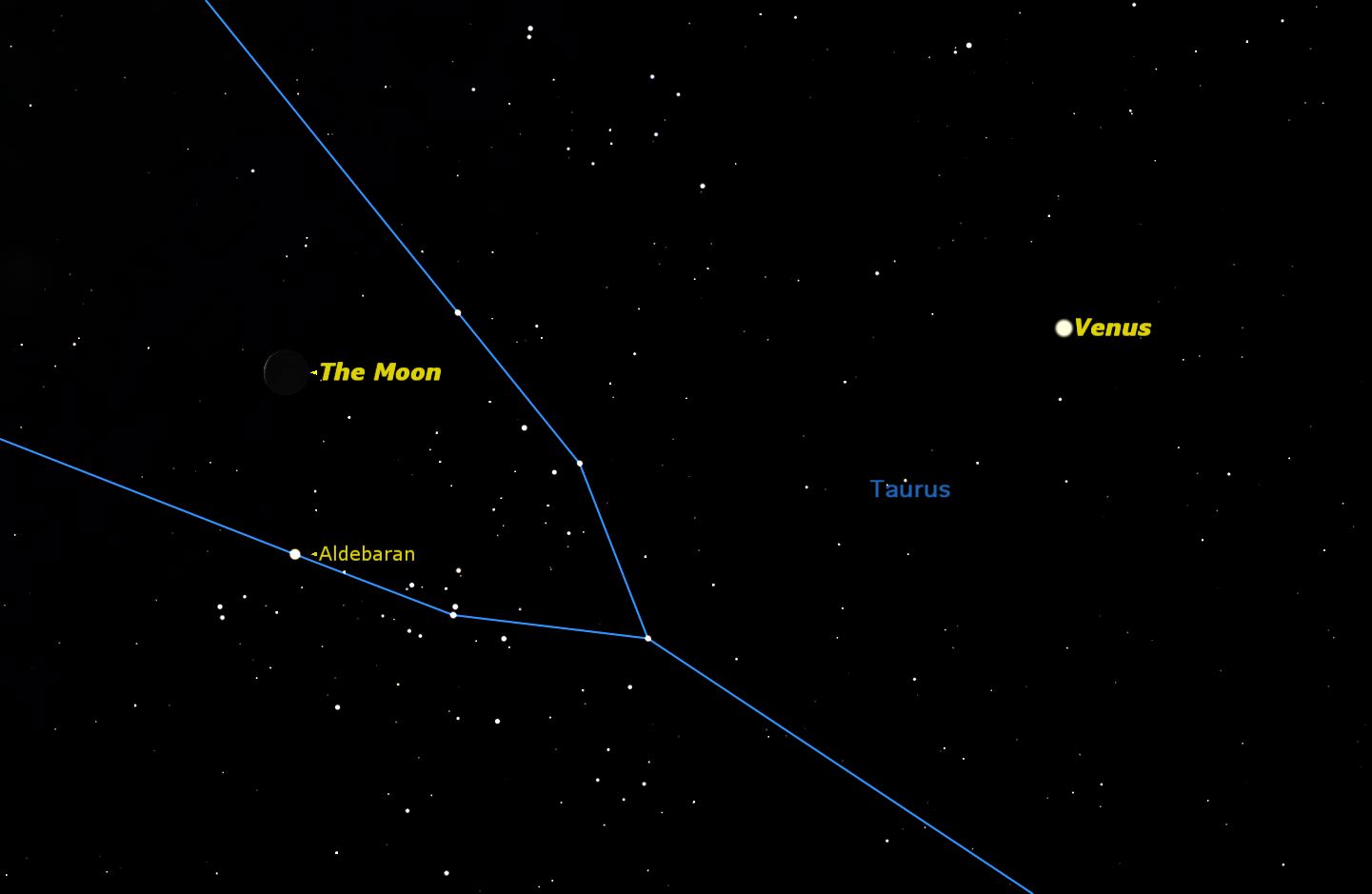
Planets Mercury sets just after the Sun for the first two weeks of the month, but will be too close to the Sun to be seen for the last two weeks. 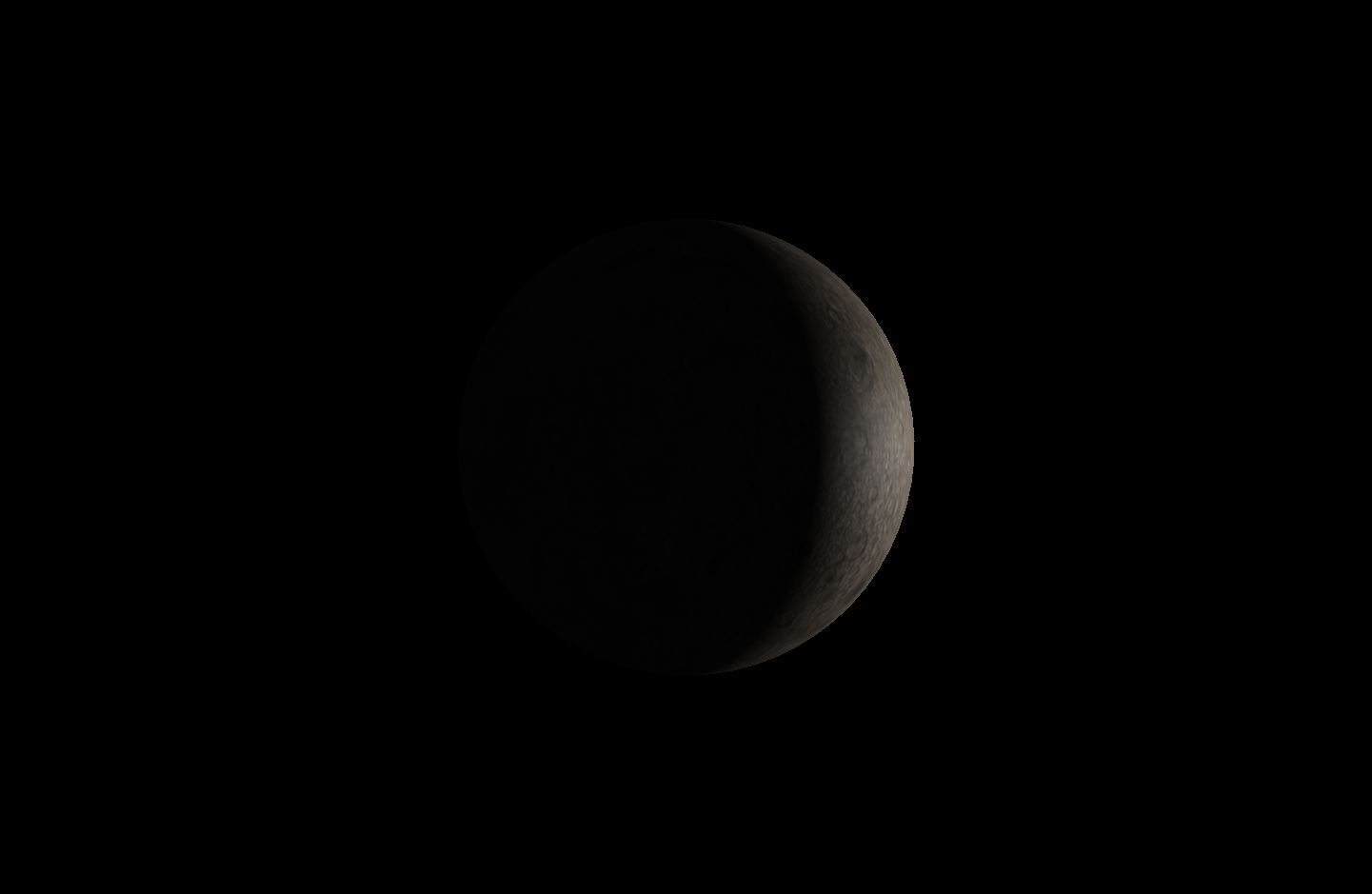 Venus is low in the eastern sky, rising just before the Sun.
Venus is low in the eastern sky, rising just before the Sun.
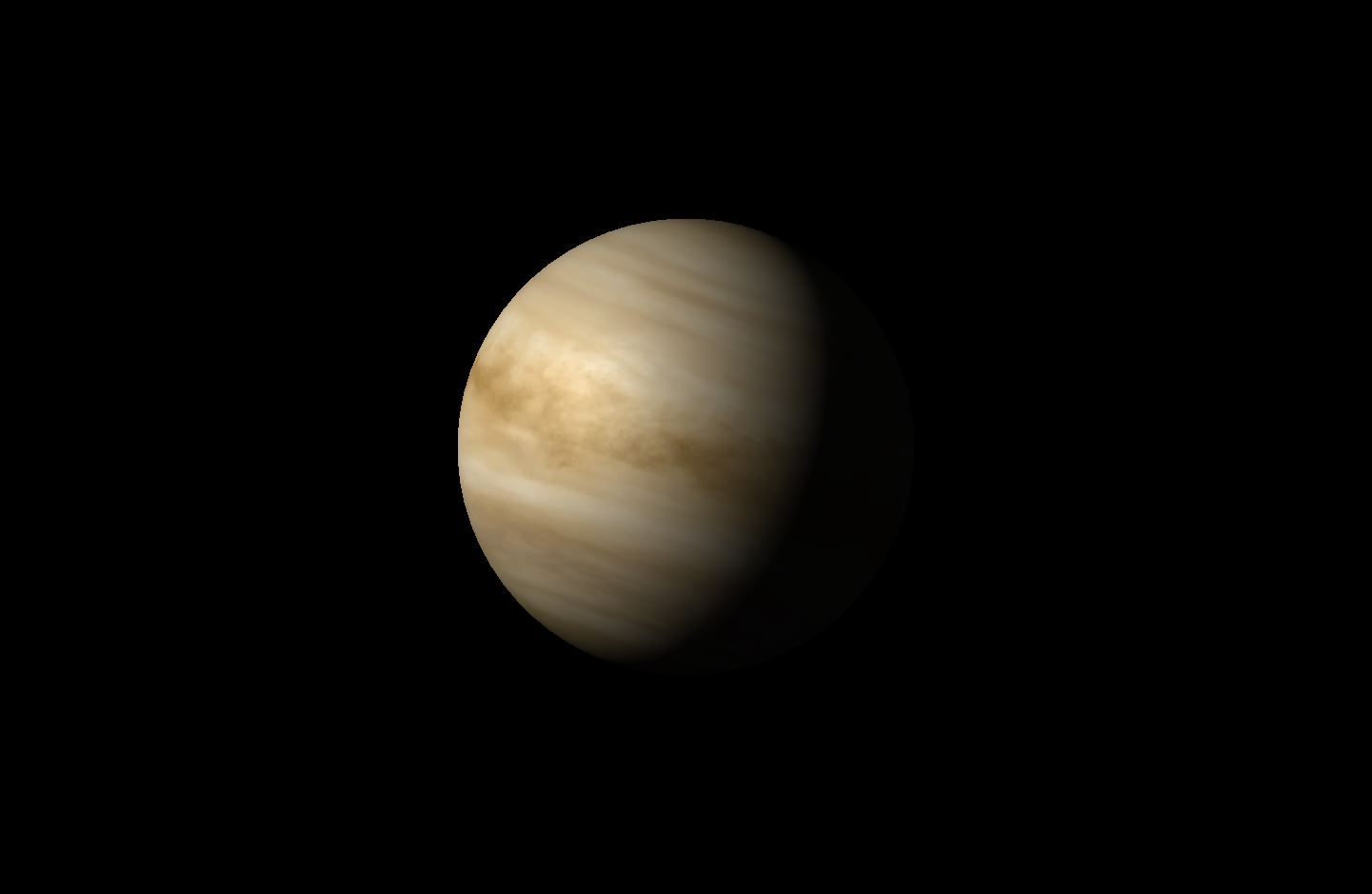 Mars is now fading rapidly in brightness as it moves towards the far side of the Sun.
Mars is now fading rapidly in brightness as it moves towards the far side of the Sun.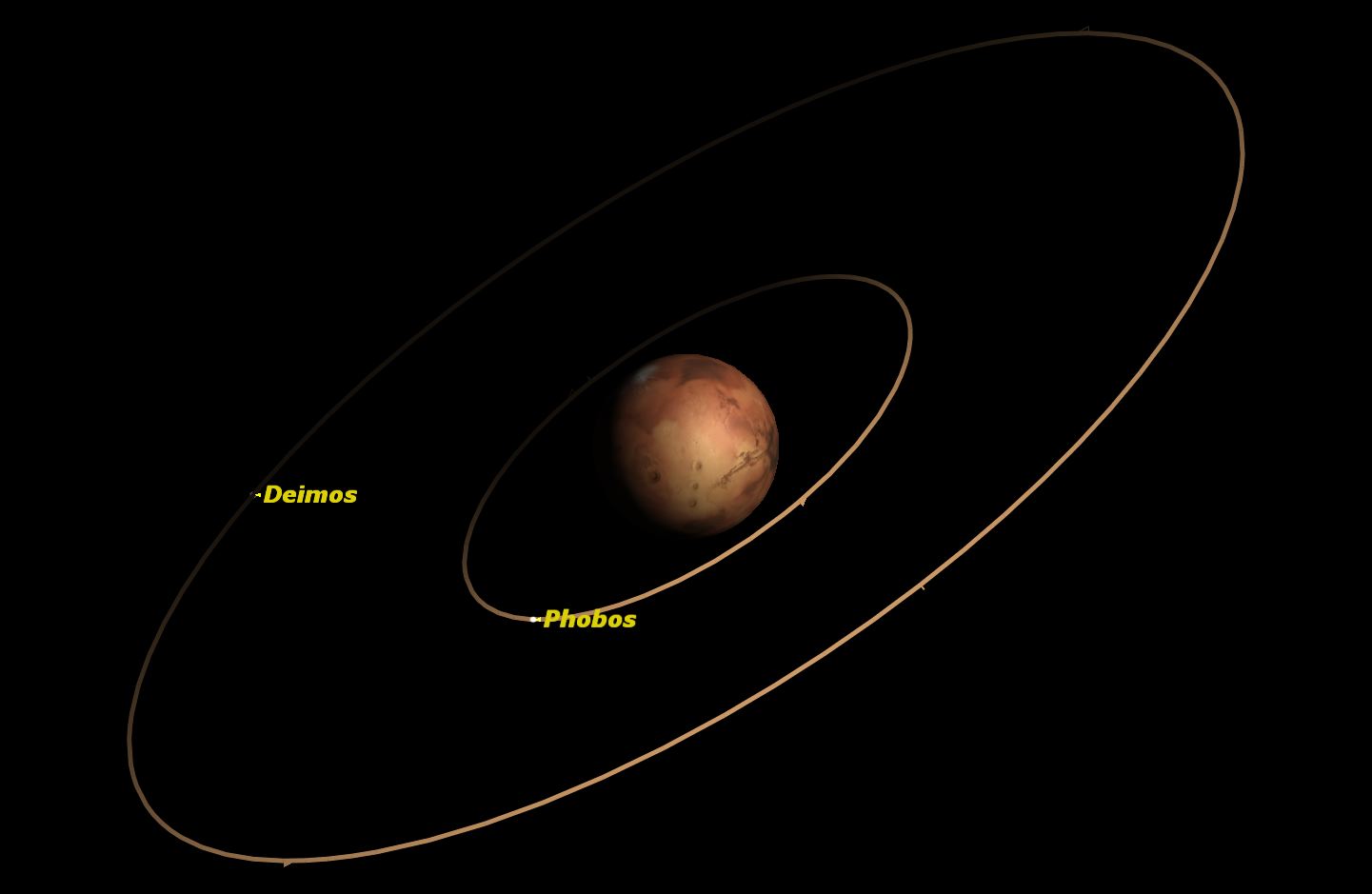 Jupiter is now low in the western sky at sunset, and is lost behind the Sun at the end of the month.
Jupiter is now low in the western sky at sunset, and is lost behind the Sun at the end of the month.
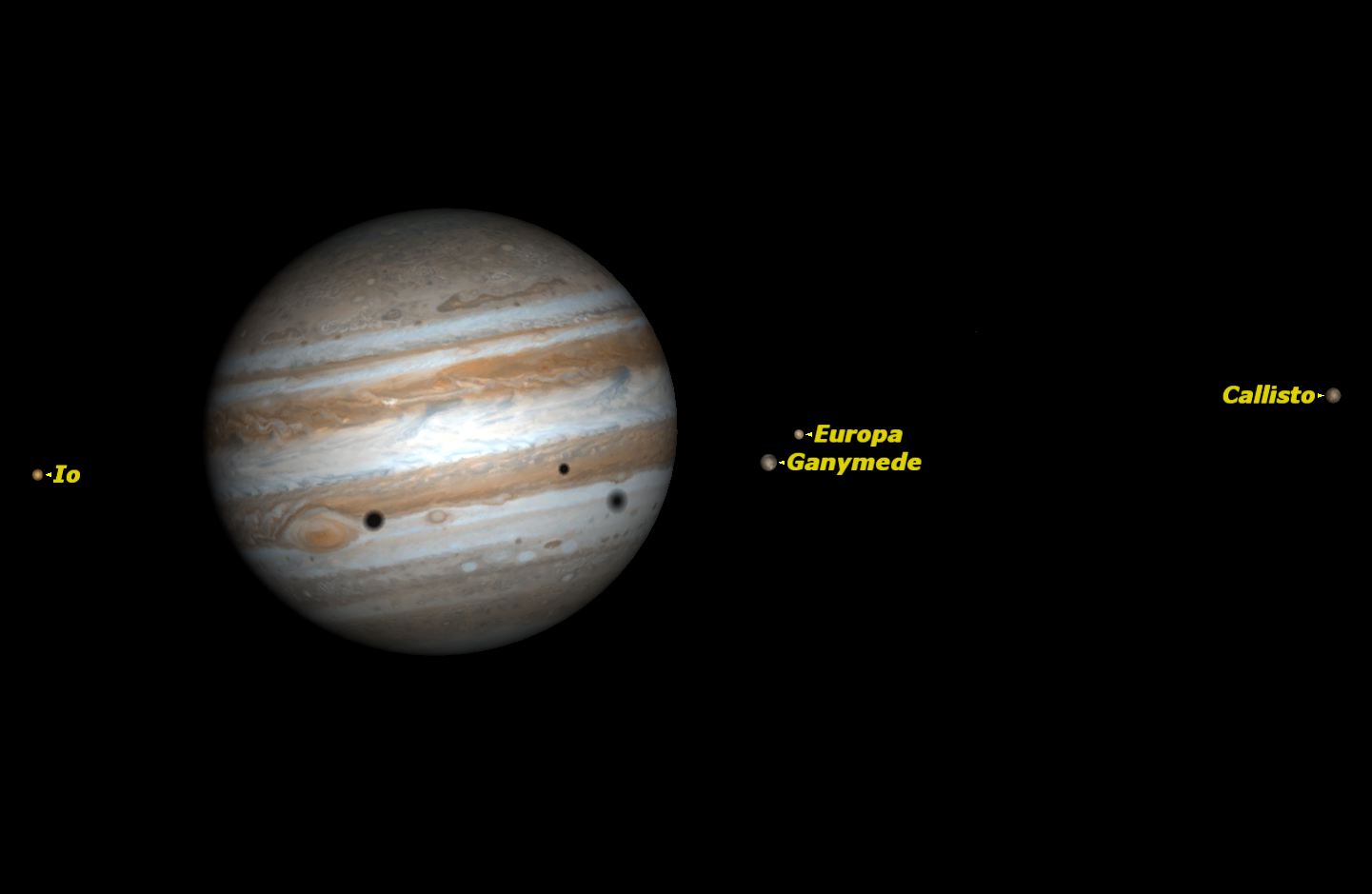 Saturn, in Libra, is well placed in the southern sky for most of the night.
Saturn, in Libra, is well placed in the southern sky for most of the night.
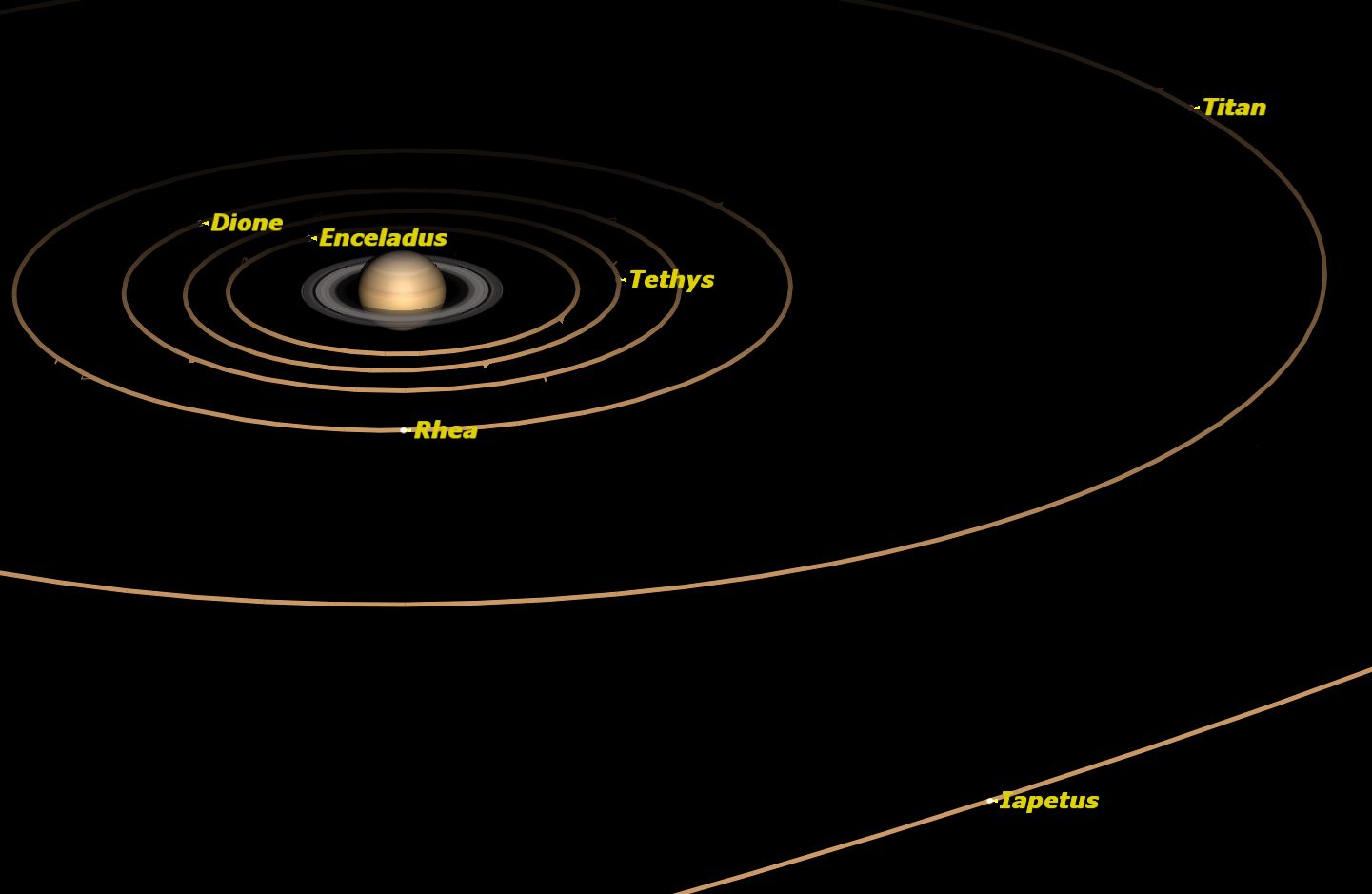 Uranus is located in the constellation Pisces, rising just before the Sun.
Uranus is located in the constellation Pisces, rising just before the Sun.
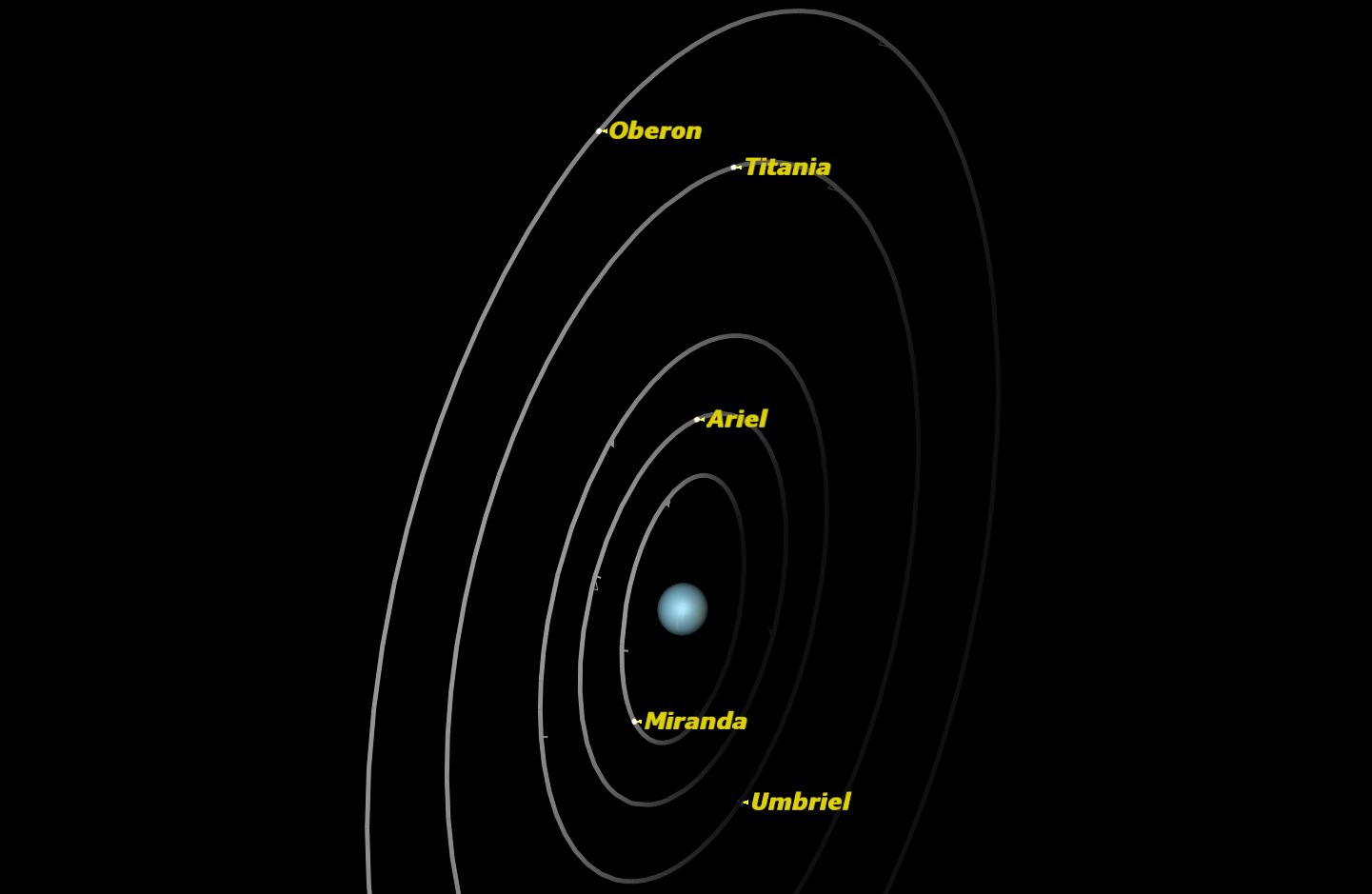 Neptune is in Aquarius all month, rising after midnight.
Neptune is in Aquarius all month, rising after midnight.
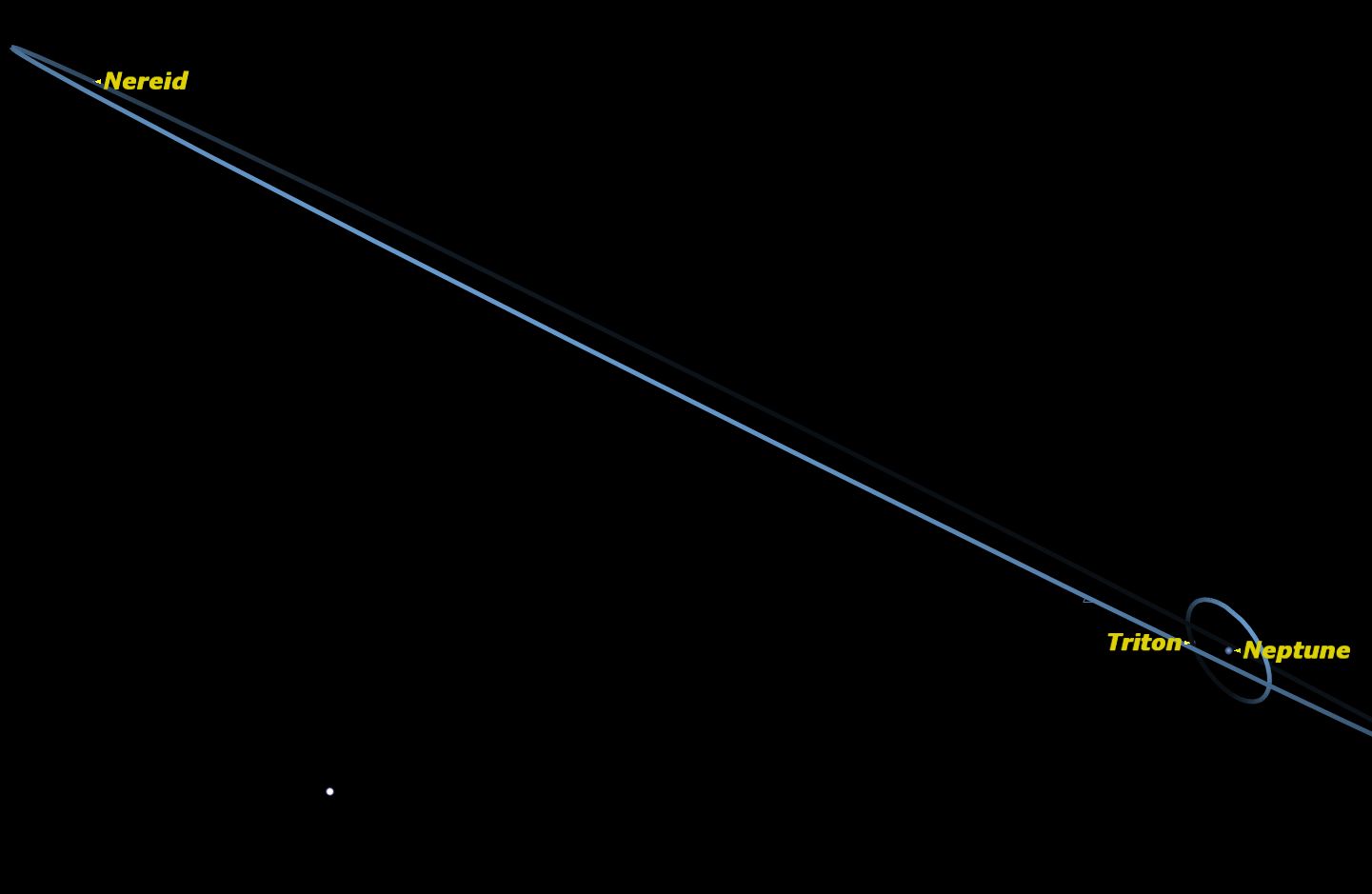
|
| ||||||||||||||||||||||||||||||||||||||||||||||
© 2016 Simulation Curriculum Corp. All Rights Reserved. |
|||||||||||||||||||||||||||||||||||||||||||||||
